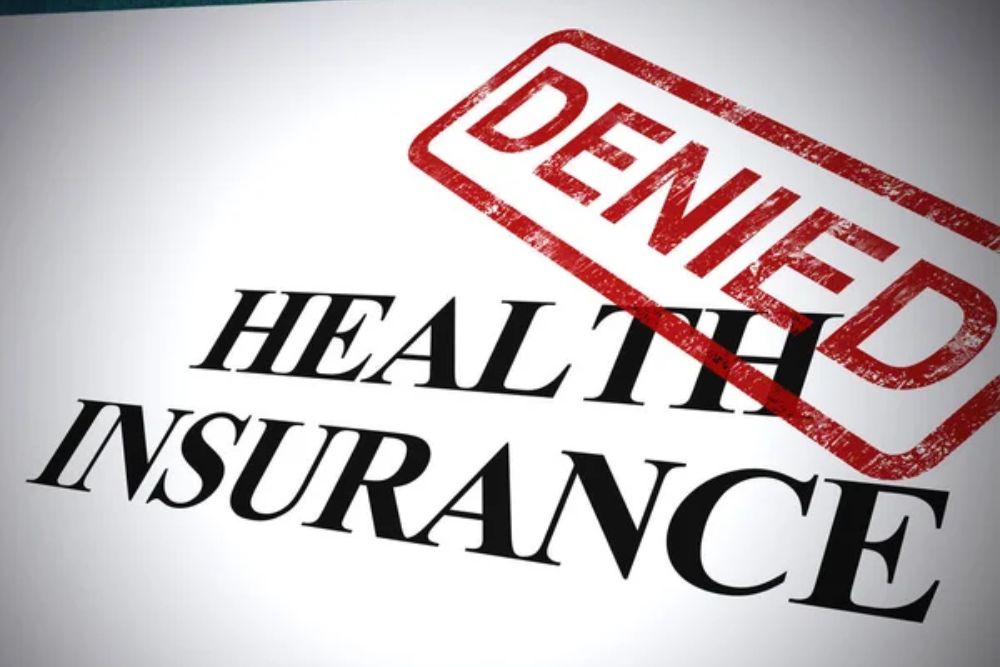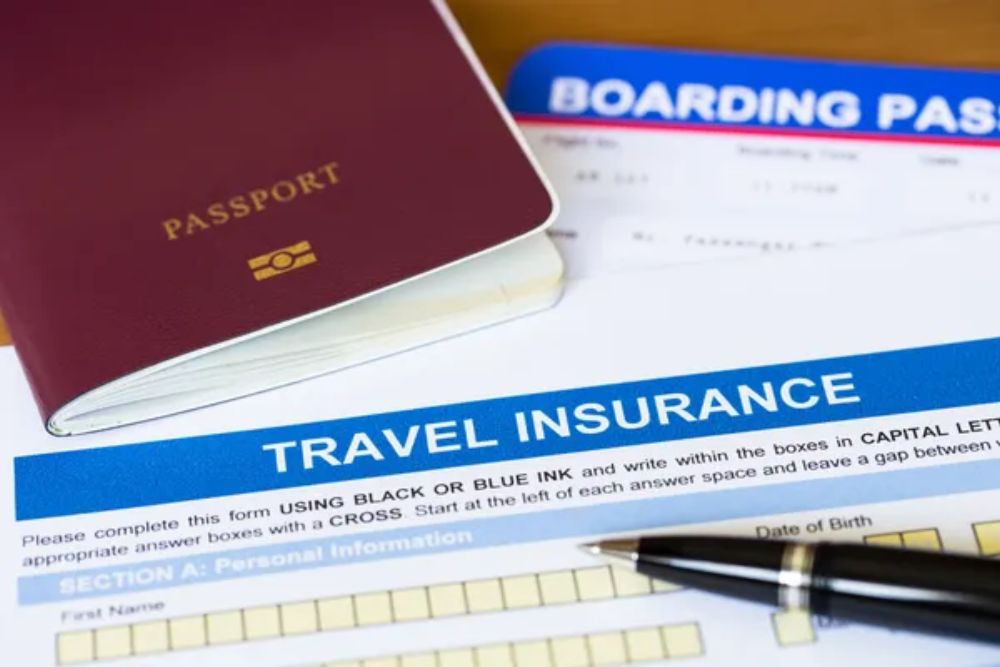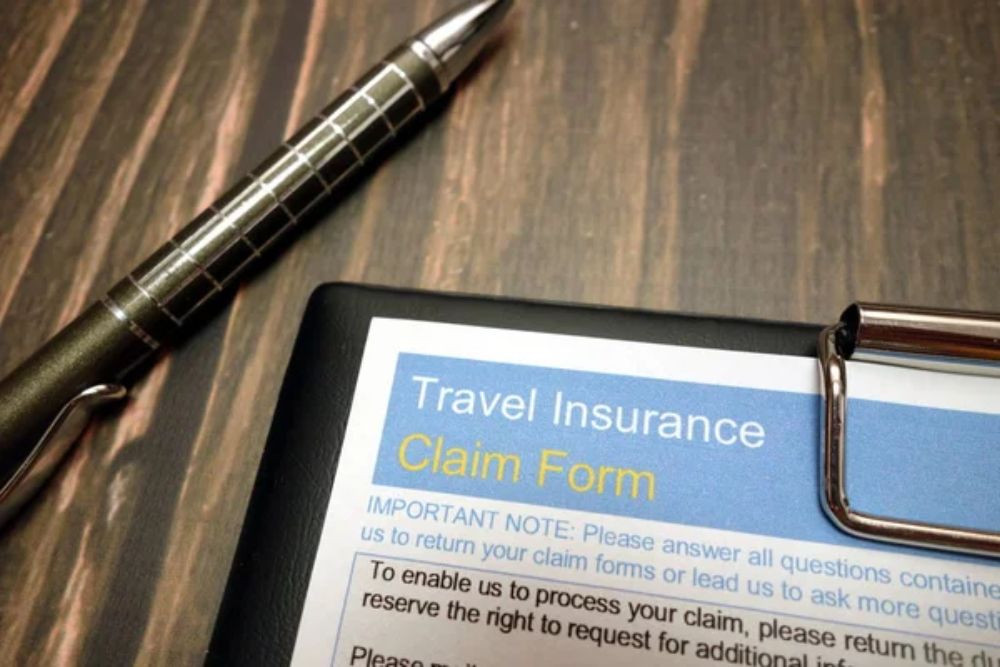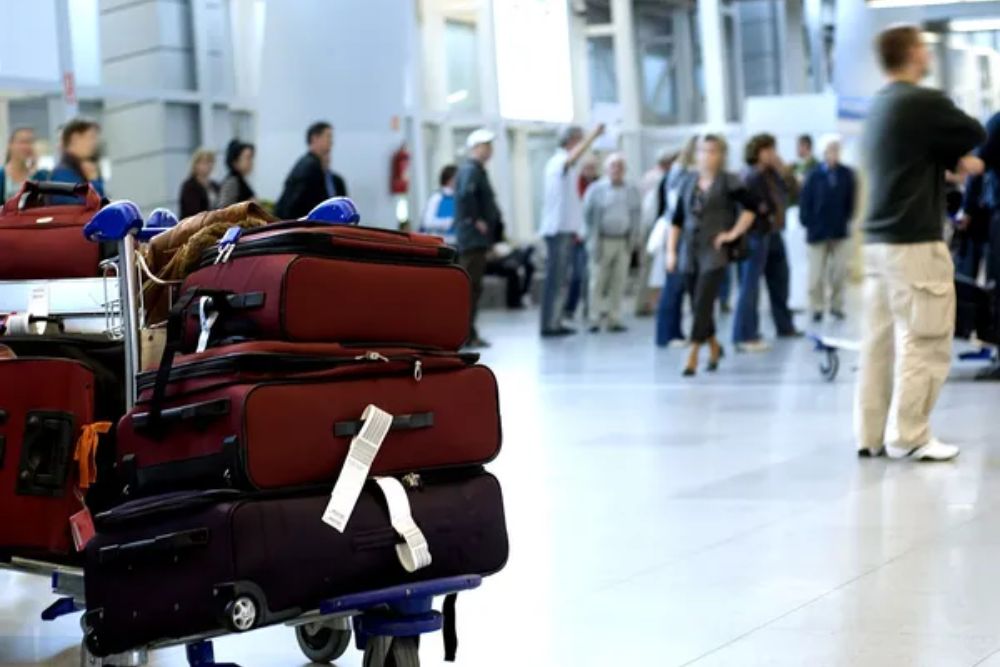Travel insurance feels like one of those boring adult responsibilities until disaster strikes, and you realize how much money hangs in the balance. A single medical emergency abroad can cost more than most people’s annual salary, and trip cancellations can wipe out months of vacation savings in an instant.
Most travelers make critical insurance mistakes without realizing it until it’s too late, with enormous bills that proper coverage would have prevented. Here’s a list of 20 common travel insurance pitfalls that can drain your bank account and ruin your adventures.
Buying Too Late

Travel insurance prices increase as your departure date approaches, and some benefits disappear entirely if you wait too long. Cancel for any reason coverage typically requires purchase within 14 to 21 days of your initial trip deposit.
Buying too late can result in higher premiums and lost benefits.
Ignoring Pre-Existing Conditions

Medical conditions you had before buying insurance often aren’t covered unless you purchase within a specific timeframe after your initial trip payment. Even minor issues like high blood pressure can void claims if not properly disclosed.
The pre-existing condition waiver typically incurs no additional cost but must be secured early in the booking process.
Like Travel Pug’s content? Follow us on MSN.
Choosing Inadequate Medical Coverage

Standard policies often provide only $50,000 to $100,000 in medical coverage, which sounds like a lot until you need emergency surgery in Switzerland or Japan. A simple appendectomy can cost $40,000 abroad, and medical evacuation to your home country can exceed $100,000.
Opt for at least $500,000 in medical coverage, especially for international travel.
Overlooking Adventure Activity Exclusions

That innocent-sounding zip line tour or snorkeling excursion might void your entire policy if injuries occur. Standard travel insurance excludes dozens of activities that seem perfectly safe to most travelers.
Adventure sports riders pay extra but receive essential coverage for activities such as skiing, diving, or riding mopeds.
Misunderstanding Trip Cancellation Terms

Trip cancellation coverage doesn’t mean you can change your mind about traveling—it only covers specific listed reasons like illness, job loss, or family emergencies. Cancel for any reason policies cost 40% to 60% more but allow cancellation for any reason, typically reimbursing 75% of non-refundable costs.
Read the covered reasons list carefully before assuming you’re protected.
Like Travel Pug’s content? Follow us on MSN.
Failing to Document Everything

Insurance companies require extensive documentation for claims, and missing paperwork can result in complete claim denials. Keep digital copies as backup. Keep receipts for all expenses, get written reports for any incidents, and photograph damaged belongings immediately.
Your smartphone camera can be worth thousands in claim approvals if you document problems properly.
Relying on Credit Card Coverage

Credit card travel insurance often provides minimal coverage with significant restrictions that many cardholders are unaware of. Many cards only cover trips paid entirely with that card, exclude pre-existing conditions entirely, and provide inadequate medical coverage limits.
Credit card insurance works best as secondary coverage to supplement, not replace, comprehensive travel insurance.
Assuming Domestic Travel Doesn’t Need Insurance

Medical emergencies don’t respect borders, and your health insurance might not cover you in other states or provide emergency evacuation. A helicopter rescue from a remote hiking trail can cost $25,000, even within your home country.
Domestic travel insurance costs significantly less than international coverage while still protecting against major expenses.
Like Travel Pug’s content? Follow us on MSN.
Skipping Rental Car Coverage

Rental car insurance through travel policies often costs less than what rental companies charge while providing better coverage. International rental car insurance can be especially expensive, sometimes doubling your daily rental rate.
Comprehensive travel insurance typically includes rental car coverage as a standard benefit.
Not Reading Policy Exclusions

Insurance policies exclude more situations than they cover, and the exclusions section reveals where you’re vulnerable. Common exclusions include mental health emergencies, pregnancy-related issues, and injuries involving alcohol.
Understanding what’s not covered helps you make informed decisions about whether to accept additional coverage or risk.
Buying Insufficient Trip Interruption Coverage

Trip interruption coverage should equal your total trip cost, not just the non-refundable portions of the cost. Suppose you need to return home mid-trip due to an emergency. In that case, you’ll lose money on unused accommodations, activities, and return flights while potentially paying premium prices for last-minute replacement travel.
Adequate trip interruption coverage prevents double expenses during family crises.
Like Travel Pug’s content? Follow us on MSN.
Forgetting About Electronics Coverage

Laptops, cameras, and phones represent thousands of dollars in equipment that standard baggage coverage might not fully protect. Electronics coverage requires separate riders on many policies and includes restrictions about where and how items are stored.
Professional equipment, such as camera gear, needs specialized coverage that exceeds typical baggage limits.
Misunderstanding Baggage Delay Terms

Baggage delay coverage requires delays of 12 to 24 hours before benefits kick in, and reimbursement limits are often surprisingly low. A delayed bag containing all your clothes for a week-long business trip may only be covered for $200 to $500 in replacement purchases.
Pack essential items in carry-on luggage and understand exactly what baggage coverage provides.
Choosing the Wrong Policy Duration

Multi-trip annual policies cost more upfront but offer savings for frequent travelers who take multiple trips per year. Single-trip policies must cover your entire journey, including any extensions or side trips you might add later.
Extending coverage mid-trip typically costs more than buying an adequate duration initially.
Like Travel Pug’s content? Follow us on MSN.
Ignoring Evacuation Coverage Limits

Medical evacuation coverage sounds comprehensive until you realize it might only cover transport to the nearest adequate facility, not your home country. Evacuation from remote locations, such as African safaris or South Pacific islands, can require multiple flights and specialized aircraft, costing $200,000 or more.
Verify that evacuation coverage includes transport to your preferred destination.
Not Comparing Coverage Details

Insurance comparison websites often focus on price while glossing over crucial coverage differences between policies. A policy costing $50 less might have half the medical coverage limits or exclude activities you’re planning.
Compare coverage amounts, deductibles, and exclusions rather than just premiums when selecting policies.
Assuming Group Policies Cover Everyone

Group travel insurance might not cover all members equally, especially if ages or pre-existing conditions vary significantly. Family policies often exclude adult children over a certain age, and group policies may not accommodate individual needs, such as coverage for adventure sports.
Individual policies sometimes provide better protection than group alternatives.
Like Travel Pug’s content? Follow us on MSN.
Forgetting Time Zone Complications

Policy effective dates and times are crucial when claims arise, and time zone differences can create coverage gaps if not properly understood. A policy that starts at midnight in your home time zone might not protect you if emergencies occur hours earlier in your destination’s time zone.
Verify coverage timing with your insurance provider before departing.
Not Understanding Primary vs Secondary Coverage

Secondary coverage only pays after your other insurance sources are exhausted, which can create complicated claim processes and payment delays. Primary coverage pays immediately without requiring coordination with other insurers.
Primary coverage costs more but eliminates bureaucratic hassles during emergencies when you need quick resolution.
Failing to Contact Insurers During Emergencies

Many policies require immediate notification of claims or assistance requests, and waiting too long can result in coverage being voided entirely. Insurance companies offer 24/7 emergency assistance, which can coordinate care and ensure timely payments to medical providers.
Calling your insurer during emergencies often provides better outcomes than trying to handle situations independently.
Like Travel Pug’s content? Follow us on MSN.
From Afterthought to Essential Protection

Travel insurance has transformed from an optional add-on that few people purchased to essential protection that savvy travelers consider mandatory. Rising medical costs, increasing trip expenses, and more frequent travel disruptions have made insurance claims more common and more expensive than ever before.
Today’s travelers face risks that previous generations never encountered, from cyberattacks affecting airlines to extreme weather events canceling entire regions’ transportation systems. The small upfront cost of comprehensive travel insurance provides peace of mind, allowing you to focus on creating memories rather than worrying about potential financial disasters lurking around every corner.
More from Travel Pug

- 20 Best Beach Towns in the Carolinas
- 13 Destinations Where Tourists Regularly Regret Their Trip
- 20 Destinations That Are More Magical Without an Itinerary
- 20 Underrated Adventures That Belong on Your Travel List
- 20 Cities Where You Should Just Wing It, No Planning Required
Like Travel Pug’s content? Follow us on MSN.
